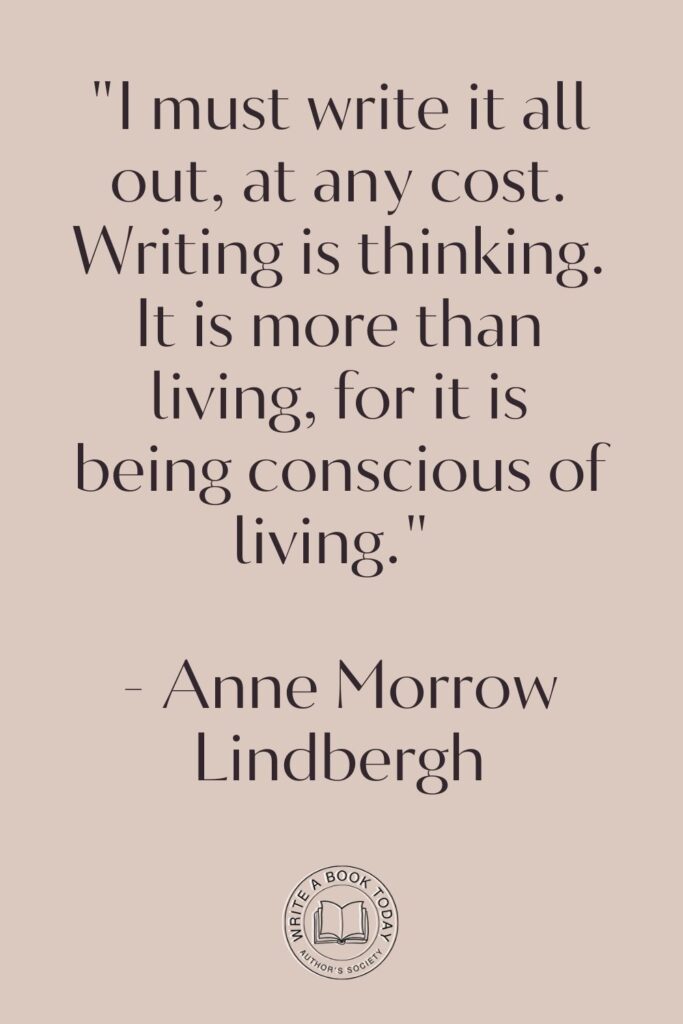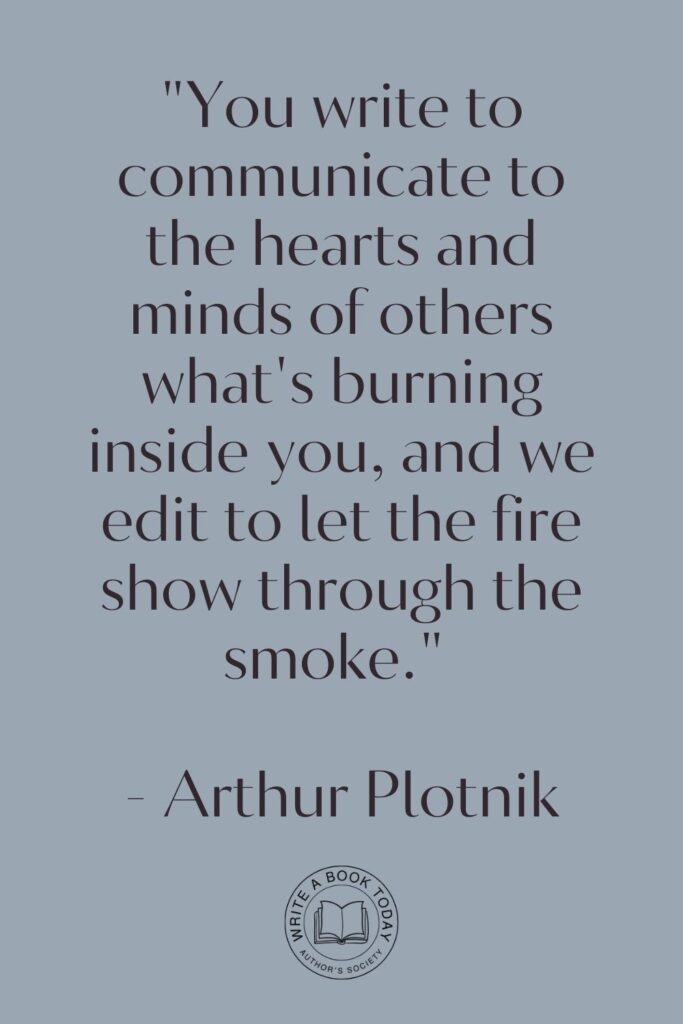Imagine embarking on a literary journey where your characters leap off the page, capturing hearts and minds with their depth and relatability. What if the secret to unlocking this magic lies in understanding character archetypes? These timeless blueprints have shaped narratives for centuries, providing a foundation upon which rich and compelling stories are built.
Whether you’re a seasoned writer or a budding storyteller, delving into the world of archetypes can revolutionize your storytelling techniques. Let’s explore how these powerful archetypes can breathe life into your characters and transform your narrative.
Understanding Character Archetypes
At the heart of every captivating story are characters that resonate with readers, drawing them into worlds both familiar and fantastical. But what exactly are character archetypes, and why do they hold such sway in storytelling?
What Are Character Archetypes?
Character archetypes are the quintessential molds from which characters are crafted. They are universal symbols and patterns that transcend cultural and temporal boundaries, embodying fundamental human experiences and traits.
These archetypes serve as a shorthand for understanding characters’ roles and motivations within a story. Think of them as the DNA of storytelling—unseen yet profoundly influential. From the brave hero to the wise mentor, each archetype encapsulates a set of characteristics that resonate deeply with audiences.
When crafting characters, consider blending multiple archetypes to create depth and complexity. This approach allows for characters that defy stereotypes and offer surprising dimensions, keeping readers engaged and invested in their journeys.
The Importance of Archetypes in Storytelling
In the realm of storytelling, archetypes serve as the backbone of character development. They provide a familiar framework that helps readers quickly connect with and understand the characters they encounter. By tapping into these archetypes, writers can craft narratives that feel both timeless and fresh.
The use of archetypes enhances the emotional impact of a story, allowing readers to see reflections of their own lives and experiences within the characters. This connection fosters empathy and engagement, making stories memorable and meaningful.
Google Docs is for notes. Scrivener is for novels. Upgrade your writing game and try it for free today!

The 10 Archetypes That Can Elevate Your Narrative
Now that we understand the power of archetypes, let’s delve into the ten archetypes that can elevate your storytelling. Each archetype brings unique qualities to the table, enriching your narrative tapestry.
1. The Hero: Courage and Determination
The Hero archetype embodies courage and determination, often embarking on a quest that tests their mettle. Heroes are driven by a desire to overcome challenges and achieve greatness, often representing the triumph of good over evil.
From Harry Potter to Katniss Everdeen, heroes inspire us with their bravery and resilience. Their journeys are fraught with obstacles, but their unwavering resolve propels them forward, captivating readers with their tenacity.
Heroes serve as beacons of hope, encouraging readers to confront their fears and pursue their dreams. They remind us that even in the face of adversity, courage can lead to transformative change. As you craft your hero, consider the trials they must face and the growth they will undergo on their journey.
To make your hero more relatable, explore their vulnerabilities and internal conflicts. This humanizes them, making their victories more impactful and their struggles more poignant.
2. The Mentor: Wisdom and Guidance
The Mentor archetype provides wisdom and guidance, acting as a catalyst for the hero’s growth. Mentors possess knowledge and experience that they impart to the hero, often serving as a guiding light on their journey.
Characters like Gandalf and Dumbledore exemplify this archetype, offering sage advice and support. Mentors play a crucial role in the hero’s development, helping them navigate challenges and discover their true potential.
While mentors are often wise and experienced, they can also be flawed, adding layers of complexity to their character. Consider the mentor’s backstory and motivations, as these elements can enrich their relationship with the hero.
A well-crafted mentor not only aids the hero but also undergoes their own journey of self-discovery.

3. The Shadow: Conflict and Antagonism
The Shadow archetype represents conflict and antagonism, often embodying the darker aspects of the human psyche. Shadows are the villains and antagonists who challenge the hero, forcing them to confront their fears and weaknesses.
Characters like Darth Vader and Voldemort exemplify this archetype, posing formidable threats to the hero’s quest. The Shadow serves as a mirror, reflecting the hero’s inner struggles and driving the narrative tension.
Shadows are more than just obstacles; they are complex characters with their own motivations and desires. A well-developed Shadow can evoke both fear and empathy, creating a compelling dynamic with the hero.
As you craft your Shadow, explore their backstory and the events that shaped their path, adding depth to their role in the story.
4. The Trickster: Humor and Disruption
The Trickster archetype brings humor and disruption, challenging the status quo and injecting unpredictability into the narrative. Tricksters are mischievous and cunning, often using wit and cleverness to outsmart others.
Characters like Loki and the Cheshire Cat exemplify this archetype, delighting readers with their antics. The Trickster serves as a catalyst for change, shaking up the established order and revealing hidden truths.
Tricksters add levity and intrigue to a story, keeping readers on their toes with unexpected twists. While they may seem frivolous, Tricksters often possess profound insights and can drive the narrative in surprising directions.
Consider the Trickster’s role in your story and how they challenge other characters, adding depth and complexity to the plot.
When crafting a Trickster, explore their motivations and allegiances. This adds layers to their character, making them more than mere comic relief and enhancing their impact on the story.
5. The Lover: Passion and Emotion
The Lover archetype embodies passion and emotion, driven by a deep connection to others. Lovers are guided by their hearts, often seeking love, beauty, and harmony in the world.
Characters like Romeo and Juliet epitomize this archetype, captivating readers with their intense emotions and romantic pursuits. The Lover’s journey is one of desire and longing, exploring the complexities of human relationships.
Lovers bring warmth and depth to a story, evoking empathy and compassion from readers. Their emotional vulnerability and pursuit of connection add richness to the narrative, highlighting the power of love and sacrifice.
As you develop your Lover character, consider the relationships that define them and the obstacles they must overcome in their quest for fulfillment.
No marketing platform? No social following? No problem!
Publisher Rocket helps you market your debut novel like a pro.
It’s a gamechanger for debut authors – try it today!


6. The Caregiver: Compassion and Support
The Caregiver archetype embodies compassion and support, driven by a desire to nurture and protect others. Caregivers are selfless and empathetic, often sacrificing their own needs for the well-being of others.
Characters like Samwise Gamgee and Marmee March exemplify this archetype, offering unwavering support and love. The Caregiver’s journey is one of service and sacrifice, highlighting the power of kindness and empathy.
Caregivers provide stability and comfort within a narrative, offering a counterbalance to conflict and tension.
Their nurturing presence and selflessness evoke admiration and gratitude, reminding readers of the importance of compassion. As you craft your Caregiver, explore their motivations and the relationships that define them, adding depth and complexity to their character.
7. The Explorer: Adventure and Discovery
The Explorer archetype embodies adventure and discovery, driven by a thirst for new experiences and knowledge. Explorers are curious and independent, often venturing into the unknown in search of truth and enlightenment.
Characters like Indiana Jones and Dora the Explorer epitomize this archetype, captivating readers with their daring exploits. The Explorer’s journey is one of exploration and self-discovery, uncovering hidden worlds and untapped potential.
Explorers add excitement and intrigue to a story, encouraging readers to embrace curiosity and adventure. Their quests for discovery and growth inspire others to break free from the confines of routine and explore new horizons.
As you develop your Explorer character, consider the challenges they must face and the lessons they will learn along the way.

8. The Ruler: Authority and Control
The Ruler archetype embodies authority and control, driven by a desire to lead and govern. Rulers are confident and commanding, often wielding power and influence over others.
Characters like King Arthur and Cersei Lannister exemplify this archetype, captivating readers with their leadership and ambition. The Ruler’s journey is one of responsibility and governance, exploring the complexities of power and authority.
Rulers add depth and intrigue to a story, challenging other characters and driving the narrative tension. Their pursuit of control and dominance evokes both admiration and fear, highlighting the complexities of leadership.
As you craft your Ruler, explore their motivations and the dynamics of their relationships, adding depth and complexity to their character.
To make your Ruler more compelling, explore their internal conflicts and vulnerabilities. This adds layers to their character, making them more than mere figures of authority and enhancing their impact on the story.
9. The Rebel: Change and Revolution
The Rebel archetype embodies change and revolution, driven by a desire to challenge the status quo and fight for justice. Rebels are bold and defiant, often resisting authority and advocating for social change.
Characters like Katniss Everdeen and Robin Hood exemplify this archetype, captivating readers with their courage and conviction. The Rebel’s journey is one of transformation and resistance, exploring the complexities of rebellion and revolution.
Rebels add excitement and tension to a story, challenging the established order and inspiring others to stand up for their beliefs. Their pursuit of change and justice evokes both admiration and empathy, highlighting the power of resistance. As you craft your Rebel, explore their motivations and the dynamics of their relationships, adding depth and complexity to their character.
10. The Innocent: Purity and Hope
The Innocent archetype embodies purity and hope, driven by a desire to see the world through a lens of wonder and optimism. Innocents are naive and trusting, often believing in the inherent goodness of others.
Characters like Dorothy Gale and Forrest Gump exemplify this archetype, captivating readers with their innocence and charm. The Innocent’s journey is one of discovery and growth, exploring the complexities of innocence and experience.
Innocents add warmth and depth to a story, evoking empathy and compassion from readers. Their purity and optimism serve as a counterbalance to conflict and tension, reminding readers of the power of hope.
As you craft your Innocent, explore their motivations and the relationships that define them, adding depth and complexity to their character.
Feeling lost with your debut novel?
Fiverr Pro connects you with expert editors, designers, and marketers – everything you need to get your book ready for success!

Crafting Your Characters with Archetypes
Now that we’ve explored the ten powerful archetypes, it’s time to consider how to integrate them into your writing. By thoughtfully crafting characters with archetypes, you can create stories that resonate with readers and leave a lasting impact.
Integrating Archetypes into Your Writing
When integrating archetypes into your writing, it’s essential to strike a balance between familiarity and originality. While archetypes provide a solid foundation, it’s crucial to add unique traits and characteristics to make your characters stand out.
Consider the dynamics between different archetypes within your story and how they interact with one another. This interplay can add depth and complexity to your narrative, creating a rich tapestry of characters and relationships.
Remember that archetypes are not rigid templates but flexible guidelines that can be adapted to suit your story’s needs.
Experiment with blending multiple archetypes within a single character to create multidimensional personalities that defy stereotypes. By doing so, you can craft characters that feel authentic and relatable, resonating with readers on a deeper level.
Avoiding Stereotypes: A Balanced Approach
While archetypes offer valuable insights into character development, it’s important to avoid falling into the trap of stereotypes. Stereotypes are oversimplified and often negative representations that lack depth and nuance.
To avoid stereotypes, focus on creating well-rounded characters with unique traits, motivations, and backstories. Consider the cultural and historical context of your story and how it influences your characters’ identities and experiences.
By approaching archetypes with a nuanced perspective, you can craft characters that feel genuine and multifaceted. This balanced approach not only enriches your storytelling but also fosters empathy and understanding among readers.
Remember that characters are more than their archetypes; they are individuals with their own journeys and stories to tell.

Real-Life Examples of Archetypes in Popular Stories
To better understand the power of archetypes, let’s explore real-life examples of iconic characters in popular stories. By analyzing these characters, we can gain valuable insights into how archetypes shape narratives and resonate with audiences.
Analyzing Iconic Characters
Iconic characters like Harry Potter, Frodo Baggins, and Elizabeth Bennet are beloved for their depth and relatability. Each of these characters embodies specific archetypes, enriching their narratives and captivating readers. Harry Potter, for example, is the quintessential Hero, embarking on a journey of courage and self-discovery.
Frodo Baggins embodies the Innocent, navigating a world filled with danger and temptation while maintaining his purity and hope. Elizabeth Bennet represents the Rebel, challenging societal norms and advocating for personal freedom and independence.
These characters are more than their archetypes; they are complex individuals with unique traits and motivations. By examining their journeys, we can gain valuable insights into how archetypes enhance character development and storytelling.
Consider how these iconic characters have influenced your own writing and how you can draw inspiration from their stories.
Lessons from Literature and Film
Literature and film offer a wealth of examples that illustrate the power of archetypes in storytelling. From classic novels to blockbuster movies, archetypes shape narratives and resonate with audiences worldwide.
Consider the Mentor archetype embodied by Obi-Wan Kenobi in Star Wars, whose wisdom and guidance propel the hero’s journey. Or the Shadow archetype represented by Sauron in The Lord of the Rings, whose malevolence and power create formidable obstacles for the protagonist.
By analyzing these examples, we can gain valuable insights into how archetypes influence character development and storytelling techniques.
Consider how these lessons can be applied to your own writing, enriching your narratives and creating compelling characters that resonate with readers. Remember that archetypes are not just tools for crafting characters; they are powerful storytelling techniques that can elevate your writing to new heights.
Your Journey with Character Archetypes
As we conclude our exploration of character archetypes, it’s time to reflect on your own journey as a writer. By embracing the power of archetypes, you can unlock the full potential of your characters and transform your storytelling.
Reflecting on Your Own Characters
Take a moment to reflect on the characters you’ve created in your writing projects. Consider the archetypes they embody and how these archetypes shape their journeys and relationships.
Reflect on the lessons you’ve learned from this exploration and how they can be applied to your future writing endeavors. Remember that character development is an ongoing process, and there is always room for growth and improvement.
As you continue to craft characters, keep in mind the importance of balance and nuance. Strive to create characters that are authentic and relatable, resonating with readers on a deeper level.
By embracing the power of archetypes, you can unlock the full potential of your storytelling and create narratives that captivate and inspire.
Experimenting with Archetypes in Your Writing Projects
Now that you have a deeper understanding of character archetypes, it’s time to experiment with them in your writing projects. Consider how different archetypes can interact and influence one another within your narrative.
Explore the dynamics between characters and how their archetypes shape their relationships and conflicts. By experimenting with archetypes, you can create rich and compelling stories that resonate with readers.
Remember that storytelling is a journey of discovery and creativity. Embrace the freedom to explore new ideas and push the boundaries of your writing.
By experimenting with archetypes, you can unlock new possibilities and create stories that captivate and inspire. So go forth and unleash the power of archetypes in your storytelling, and watch as your characters come to life on the page.








